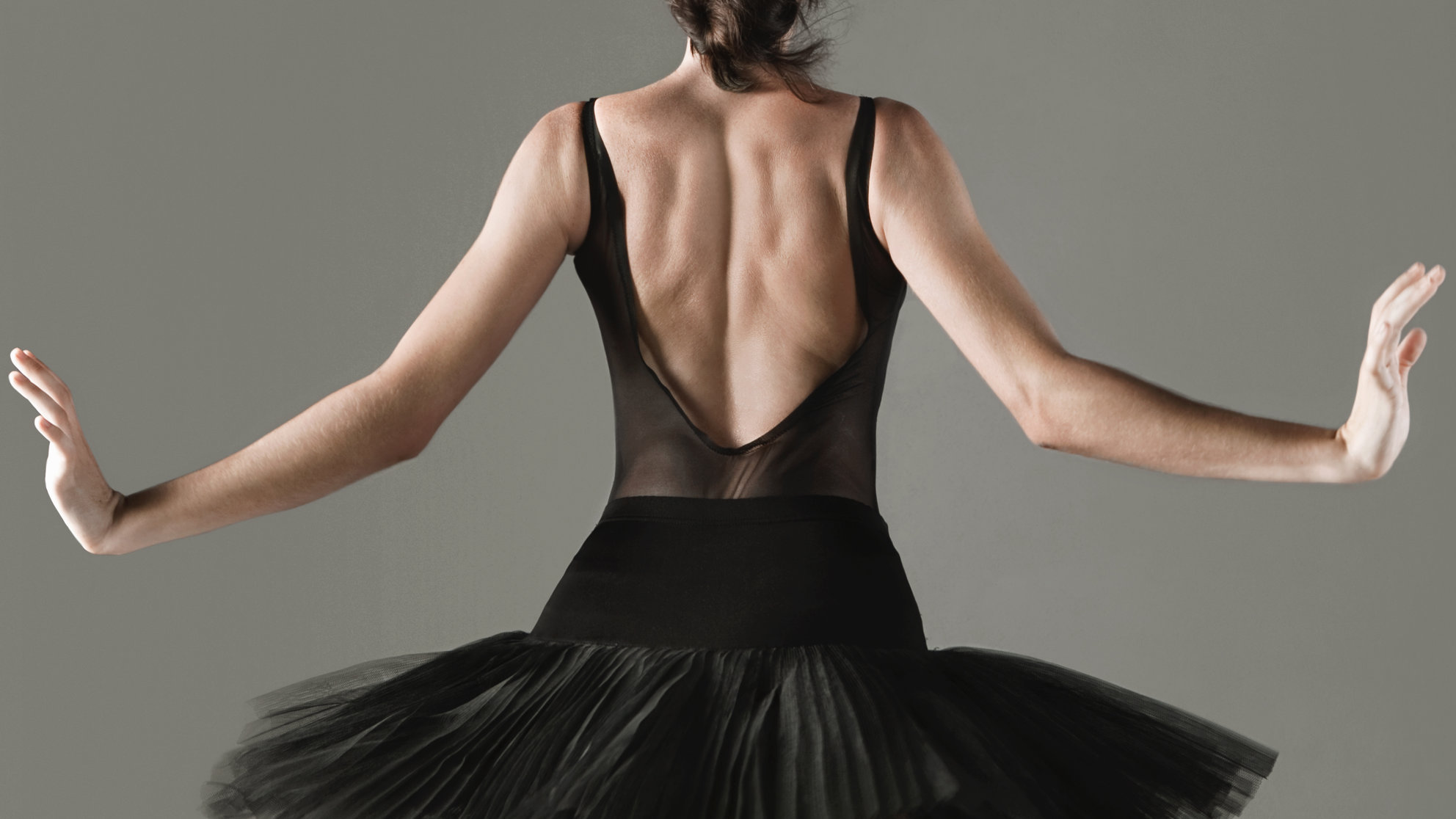
30 Sep 3 Exercises to Improve Your Posture for Ballet
For ballet dancers, good posture is more than just a tool for training or performance. It is a way of life. Ballet dancers are constantly thinking about their posture and working on improving it. Professional ballet dancers think about their posture while they are walking, shopping, and dining as well as when they are training or performing. Good posture is not just about technique but survival, because dancers who don’t have correct posture incur a greater risk of injury. Proper posture improves self-confidence, eases pain, and improves energy levels. Here are three great exercises to help you strengthen your back and improve your posture for optimal health in and out of class.
Planks
If you think that a 20-second investment per day is not enough to correct your overall body posture, think again. Ballet instructors advise dancers to start their day with a 20-second plank. Why Planks? It turns out that plants engage your core and prepare the core muscles to support your body in a good posture. Planks also add strength to your spine, trapezius, rhomboids, and abdominal muscles – all of which will give you a better posture.
How to do it: Start by placing your forearms on the floor. Align your elbows below your shoulders and keep your arms parallel to your body at shoulder width. You can clasp your hands together if your wrists become uncomfortable. Pushing your toes into the floor and squeezing your glutes will make you more stable. Don’t lock your knees or overextend them. To keep your spine and neck neutral, fix your eyes on a spot a foot ahead of you and align your head and back. A 20-second plank is possible for most beginners. With practice, you will be able to hold your plank longer without losing form.
Sitting Tall
Ballerinas spend a good chunk of their time waiting to dance. During this time they are usually sitting on a bench or even the floor. Sitting tall helps them to sit better without hunching.
How to do it: Sit on a chair, keeping your eyes on a spot directly in front. Maintain low and relaxed shoulders. Hold your shoulders back, as if you are trying to hold a pencil in between your shoulder blades. Engage your abs by engaging the core muscles as you would if an object was about to impact your belly.
Standing Exercise
Standing exercise trains you not to slouch and makes appear more confident. You can do this exercise at any time, as long as you are standing.
How to do it: Stand with a distance of six inches between your feet. Focus the weight of your body in the center without pushing your weight to either side. Engage your abdominal muscles while lowering your shoulders and elongating your neck as if you are trying to touch the ceiling with your head. Any exercise that strengthens your core improves your posture overall.
